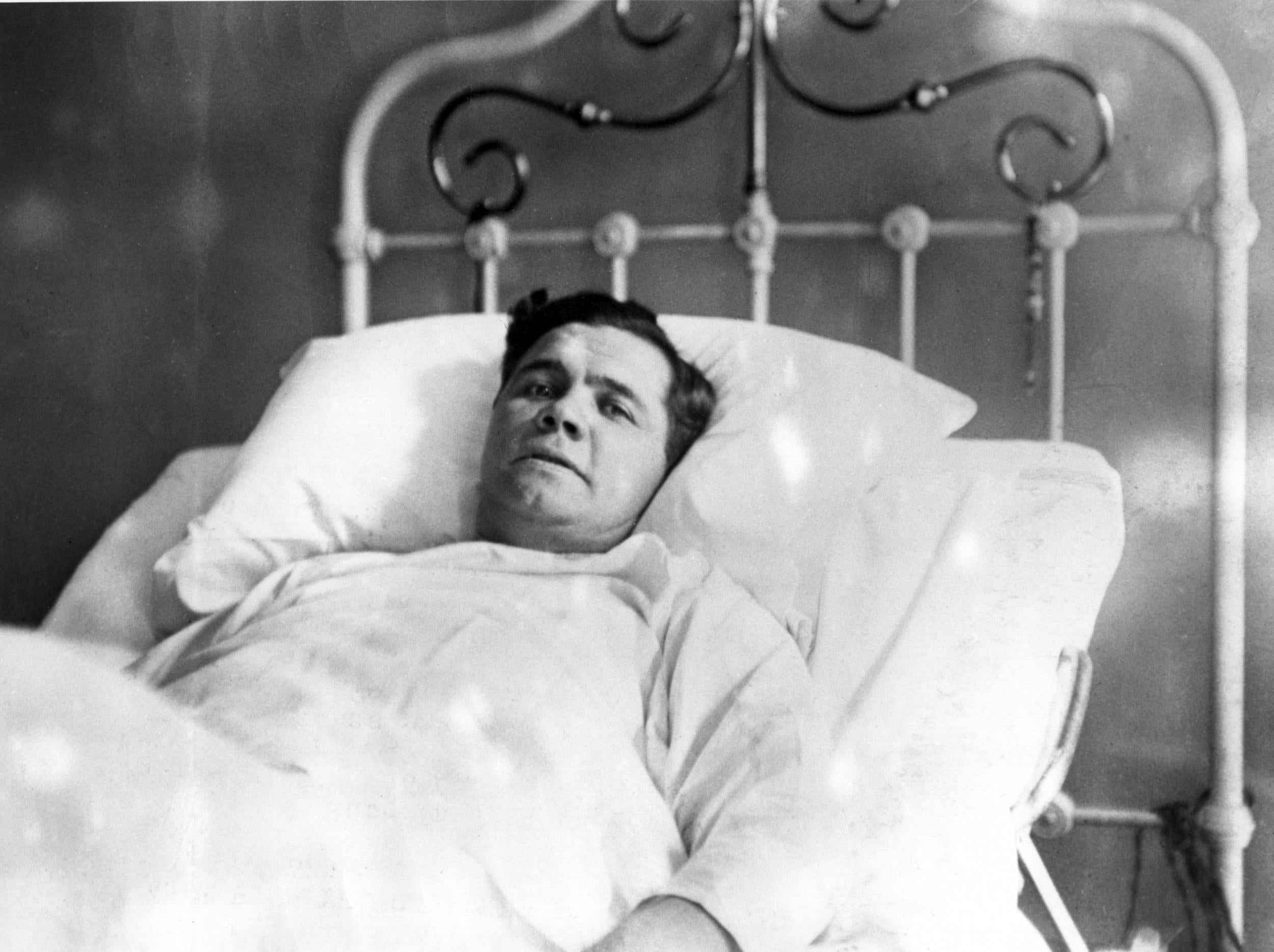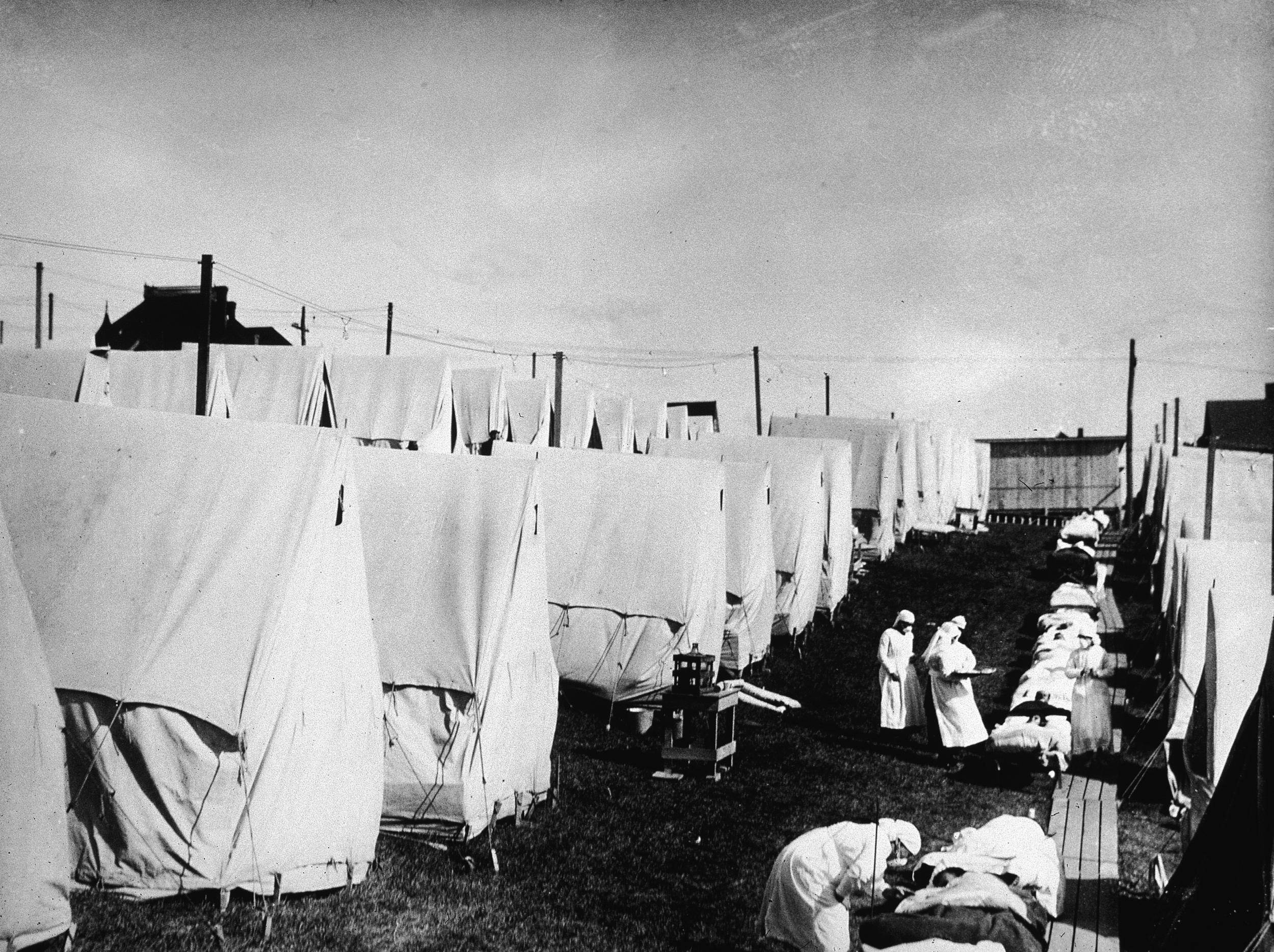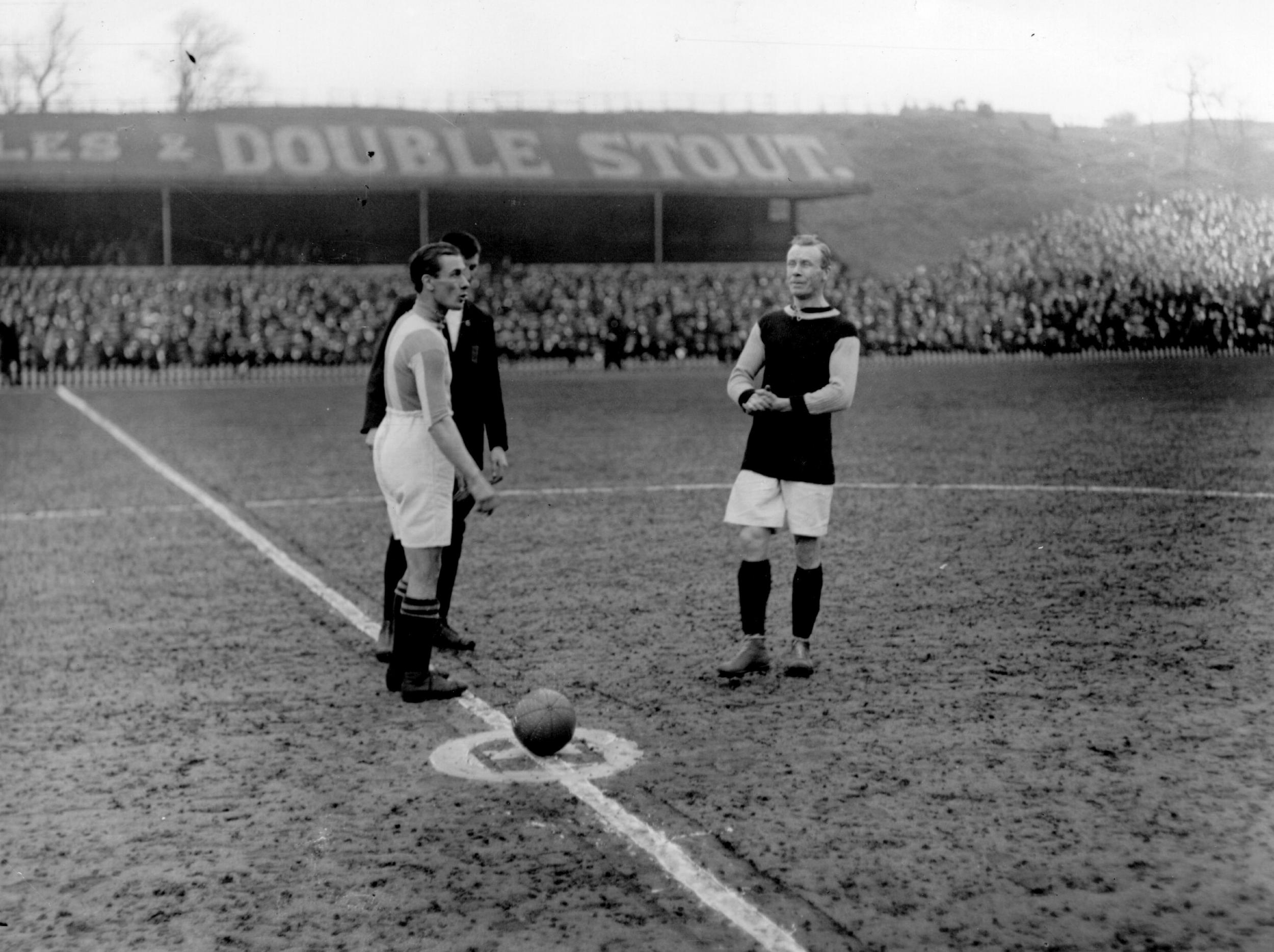How the great Spanish flu pandemic sheds light on sport’s careful response to coronavirus
As with the coronavirus over a century later, the Spanish flu forced sports leagues and events to come to a halt, with the lives of sportsmen and sportswomen changed indelibly
Your support helps us to tell the story
From reproductive rights to climate change to Big Tech, The Independent is on the ground when the story is developing. Whether it's investigating the financials of Elon Musk's pro-Trump PAC or producing our latest documentary, 'The A Word', which shines a light on the American women fighting for reproductive rights, we know how important it is to parse out the facts from the messaging.
At such a critical moment in US history, we need reporters on the ground. Your donation allows us to keep sending journalists to speak to both sides of the story.
The Independent is trusted by Americans across the entire political spectrum. And unlike many other quality news outlets, we choose not to lock Americans out of our reporting and analysis with paywalls. We believe quality journalism should be available to everyone, paid for by those who can afford it.
Your support makes all the difference.Babe Ruth was ill. His temperature was high, too high, and his limbs ached. He had a fever and a sore throat, and when he turned up to pitch for the Boston Red Sox the following day he looked as pale as a ghost.
This was not a typical illness. The team doctor, as Randy Roberts and Johnny Smith describe in their book War Fever: Boston, Baseball, and America in the Shadow of the Great War, took one look at Ruth and advised he spend the next few days at home.
That is what he did. But first the doctor swabbed his throat with a solution of silver nitrate, a procedure that could induce some nasty side effects. Ruth, as a result of the treatment, collapsed at home and was rushed to hospital. Rumours spread that he was close to death, that one of baseball’s most gifted young players in a generation might not make it. There was, across Massachusetts, grave concern.
But Ruth pulled through. Within a few weeks he was back on the field, the illness behind him. He had, according to a report in the Boston Herald and Tribune, been hit with a particularly nasty case of tonsillitis.
This was May 1918, just months before the end of the First World War. Baseball, in the US, was used as a distraction, a form of escapism for troops. A series of exhibition games were played and later in the year the World Series, between Ruth’s Red Sox and the Chicago Cubs, went ahead as planned.

There was, in September, no real concern. People had been unwell, yes, but no-one had really noticed anything extraordinary. As it happened, America was at the epicentre of a deadly pandemic: the Spanish Flu had been spreading, unchecked, since January of 1918. Still, baseball had to continue.
Then Ruth fell ill again.
***
The influenza outbreak spread across the world with remarkable speed. In the final year of the First World War, the first cases of this unknown illness were recorded at an army camp in Funston, Kansas.
As troops were transported across the country and across the Atlantic into Europe, the disease quickly became widespread and rampant. Cramped trenches in France were a breeding ground for the spread of the virus, which by autumn of 1918 had mutated.
It became more deadly, hitting the young particularly hard. And the timing could not have been worse. The brutal fighting across Europe and beyond had led to overcrowded medical camps and hospitals, poor hygiene and a lack of sanitation.
Though the first case of the virus had been recorded in Fort Riley, the Kansas army camp, it soon became known as the Spanish Flu. It had spread from France to Spain in November 1918, and the latter’s neutrality in the war meant newspapers could freely report on the effects of the virus. This gave the impression that Spain had been hit particularly badly.
In reality, though, most of the world was hit badly. By the end of the pandemic, estimates of the total death toll ranged from 20 to 50 million. In the US alone, more than 675,000 were killed.
Inevitably, the seriousness of the disease had a seismic impact on sport. As with the novel coronavirus over a century later, leagues were forced to come to a halt, events were postponed, and the lives of sportsmen and sportswomen were changed indelibly.

But the true cost was not immediately apparent. “The world was so much in the grip of the biggest global conflict that at the time Spanish flu just seemed like another irritation,” Catharine Arnold, author of Pandemic 1918, tells The Independent. “They were used to killer flu back then, but it was only subsequently that the real impact emerged.”
***
Babe Ruth was a fighter. He was not nicknamed the Colossus for nothing. The Massachusetts General Hospital had celebrated his “great vitality and admirable physical condition” when he was admitted with his first bout of Spanish Flu. Then he caught it again, after helping the Red Sox to the World Series title.
Ruth recovered back home in Baltimore, but others were not so lucky. In Canada, there were several newspaper reports detailing the deaths of local sportsmen. Amongst them was Charlie Swain, a baseball player “known for his long-distance hits”. He had, a local newspaper revealed, died “from pneumonia, following an attack of Spanish Influenza”. He was just 33 years old.
A well-known hockey player, S.H ‘Hamby’ Shore, was killed by the disease, too. And in Vancouver, the boxer Tommy Burns was hospitalised having been struck by Spanish Flu “in its most virulent form”.
The response to the pandemic differed from country to country. Information was not as widely available as it is today and so some sporting events went ahead regardless. The World Series in 1918 brought thousands of fans together at Fenway Park and by the end of the year 4,800 people had died in Boston. Big crowds – as studies have revealed is the case with Covid-19 – were the catalyst for the spread of Spanish Flu.
“If the World Series had been scheduled for October like it had been in the past, there’s no way the Red Sox could have scheduled it at Fenway Park,” Smith, co-author of War Fever, tells The Independent. “In October civilian influenza cases escalated rapidly in Boston and by then the city had issued a closure order.”
In Britain, the impact on sport would have been far more significant had football not already been suspended after the outbreak of war. Both the Football League and FA Cup were cancelled indefinitely in 1914. Across Europe, too, leagues had been decimated by the fighting.

There were, though, still regional leagues set up around the country. Stadiums were filled and football, for the most part, was not interrupted by the spread of Spanish Flu. Little was known about how the virus moved from person to person, so no extreme government actions were taken.
“The chief aspect of Spanish flu was the silence,” says Arnold. “People just didn’t want to talk about it. For men, it was an unheroic way to die.”
Inevitably, it cost the lives of several footballers: Angus Douglas, an outside-right who had played for Chelsea, died at the age of just 29. Gainsborough Trinity winger Johnnie Pattinson was killed, too. Others fell ill but recovered – amongst them Tom Logan and Harry Ford of Chelsea. In Britain, by the end, 228,000 had died.
Ireland’s measures, meanwhile, proved a little more stringent. Schools and libraries were closed and there was a complete ban on mass gatherings, sporting events included.
But there was not a global shutdown of sport, nothing like the response to the spread of Covid-19. And the continuation of some big events – like the World Series and the 1919 Stanley Cup – undoubtedly contributed to the spread of Spanish Flu.
Plenty has changed since. Sport, 100 years on, has come to a complete standstill. And it will, eventually, be back, as vibrant and immersive as ever.
But lessons have been learned from the past. There will, for the sake of everyone involved, be no hasty return. For sports fans, for sportsmen and sportswomen, the pitch can wait. The ring can wait. The court can wait. When it’s time, sport will continue again.
As Babe Ruth once said: “Every strike brings me closer to the next home run.”
Join our commenting forum
Join thought-provoking conversations, follow other Independent readers and see their replies
Comments